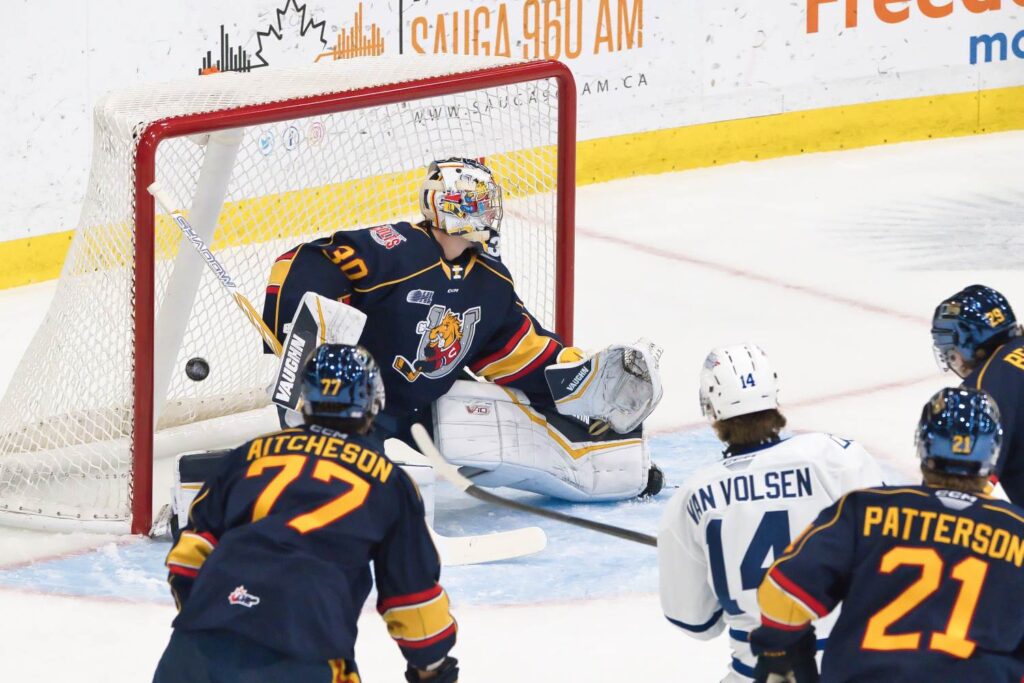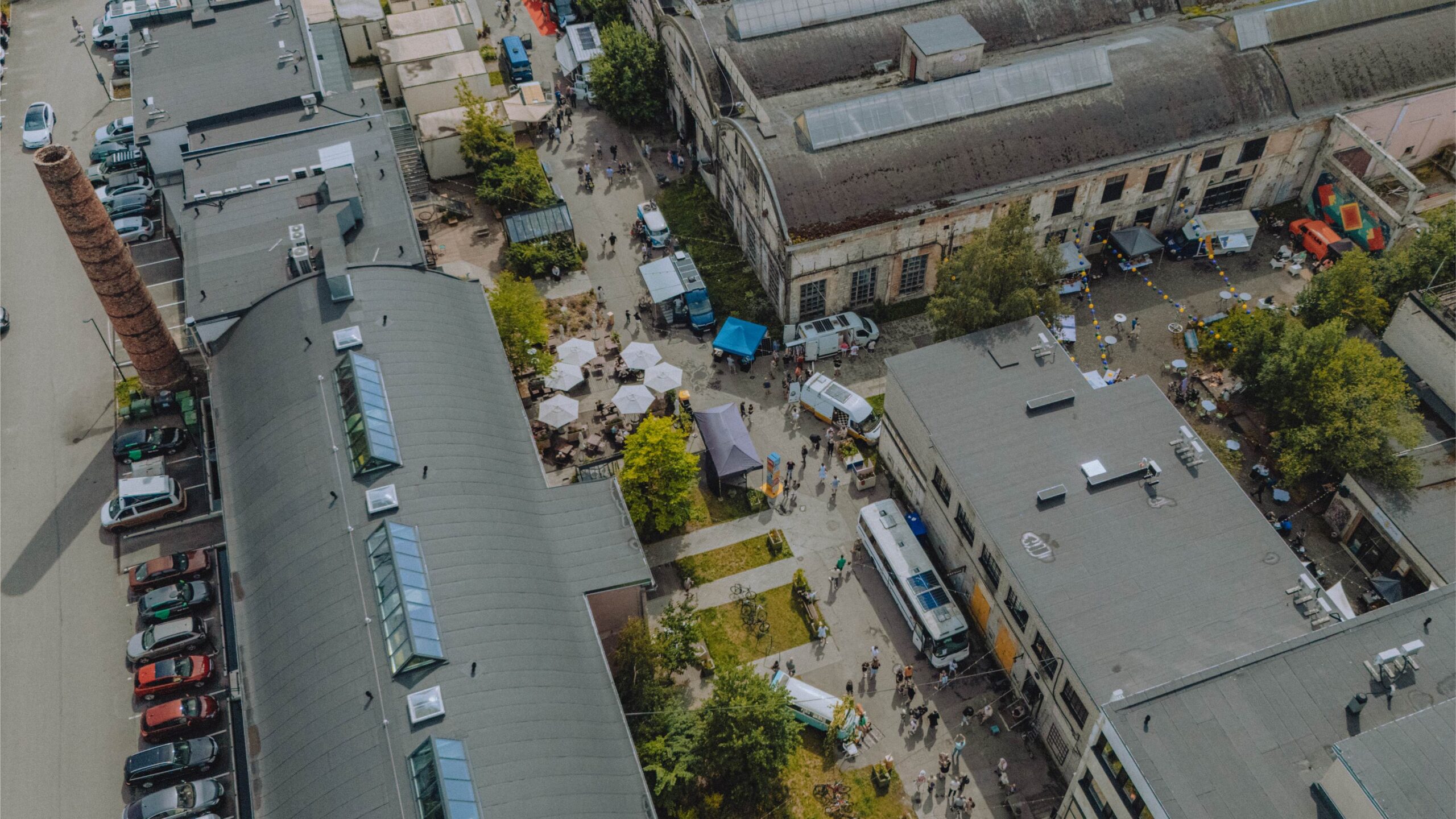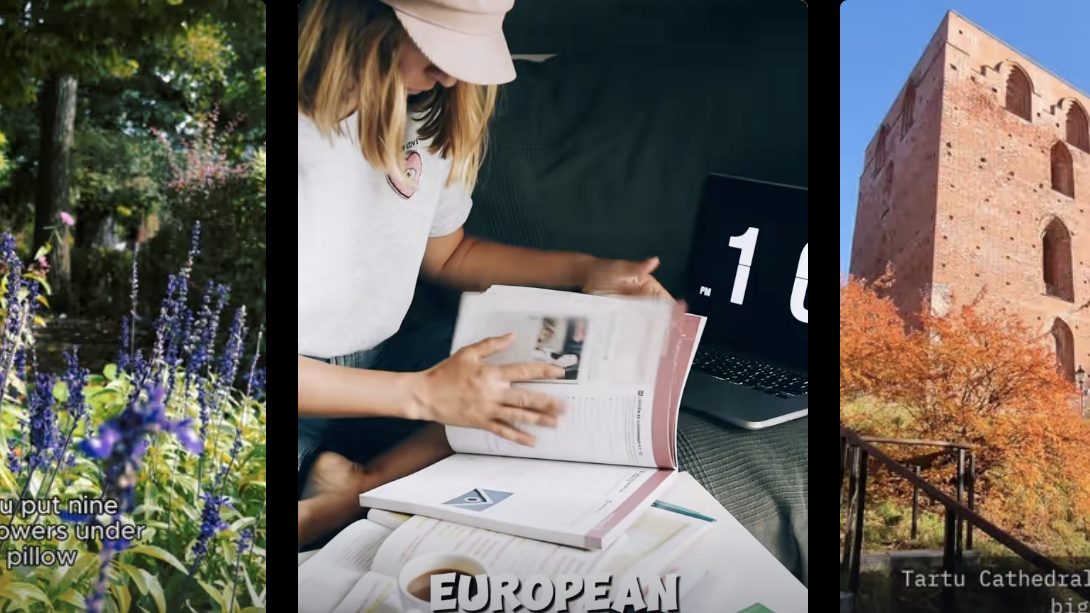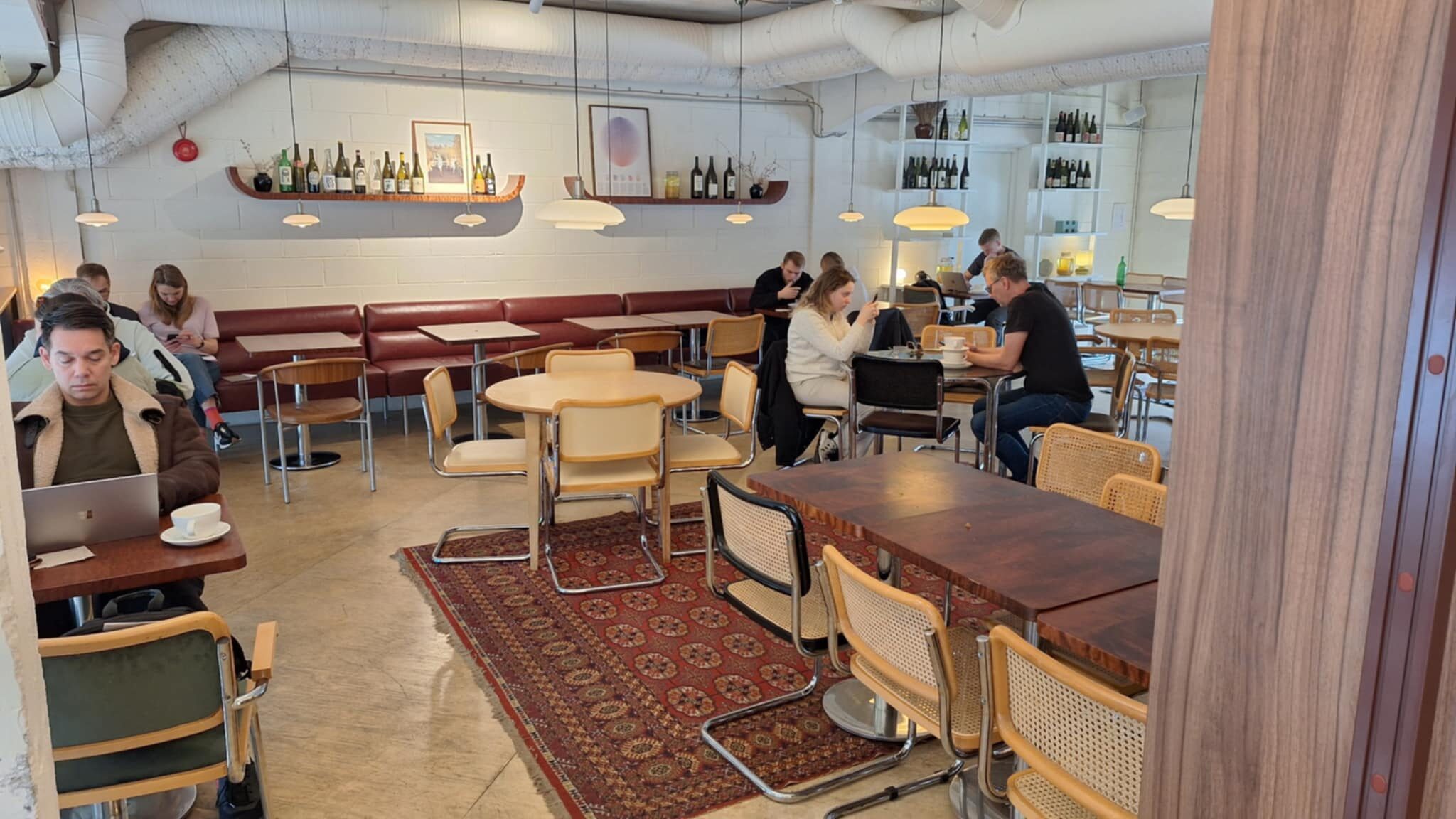First, consider your camera and the locations you might access. At professional sporting arenas, there are restrictions on the use of “professional” cameras, with the length of the lens typically used as a criterion. Fortunately, smartphones are exempt, though the use of flash, especially near the field of play, is almost always forbidden. At community rinks, access to photo spots close to the action will be easier.
Second, preparation is important. Getting to the location early to take advantage of warm-up time is an opportunity to test camera settings, such as the zoom capabilities of a smartphone.
Third, one should have a clear idea of what kinds of images you expect to capture. This could be as simple as photos of one’s child or friends in action. Then think about where the action will be, or more specifically, where it will be easiest to capture the action with the camera you have.
At the CAA Centre in Brampton, my camera settings include shooting at five frames per second, with a shutter speed of 1/1000 second, an aperture of F5.6, and an ISO of 5000.
When it comes to hockey photography: my current gear includes a mirrorless camera, a 150-600mm telephoto lens, and a monopod. At the CAA Centre in Brampton, my camera settings include shooting at five frames per second, with a shutter speed of 1/1000 second, an aperture of F5.6, and an ISO of 5000. In the editing process, “denoise” is required to counter the grainy effects of the high ISO. Virtually all photos require some cropping to remove distracting elements.
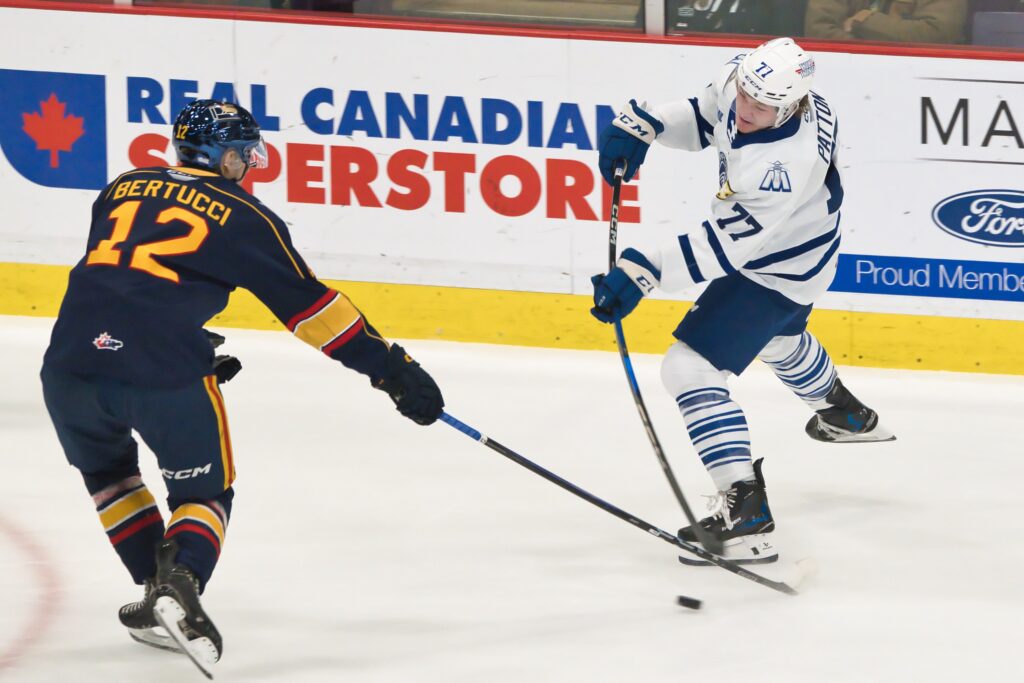
Ice hockey is a very fast-paced game. Following the puck with a camera and telephoto lens is more challenging than watching with your own eyes. However, there are specific areas on the ice that are more likely to yield interesting photos. I focus on these areas as opposed to trying to follow the flow of the action.
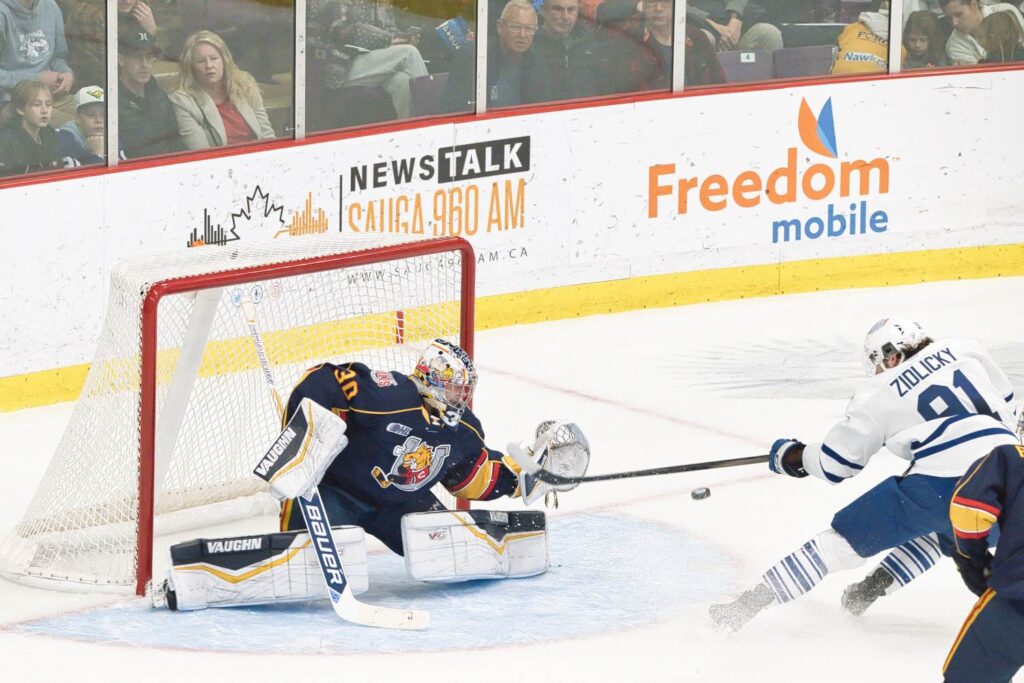
Since the ultimate success in hockey is scoring more goals than your opponent, the area around the goalmouth is the most high-yield location, whether it is to capture the puck going into the net or the goaltender making a save.
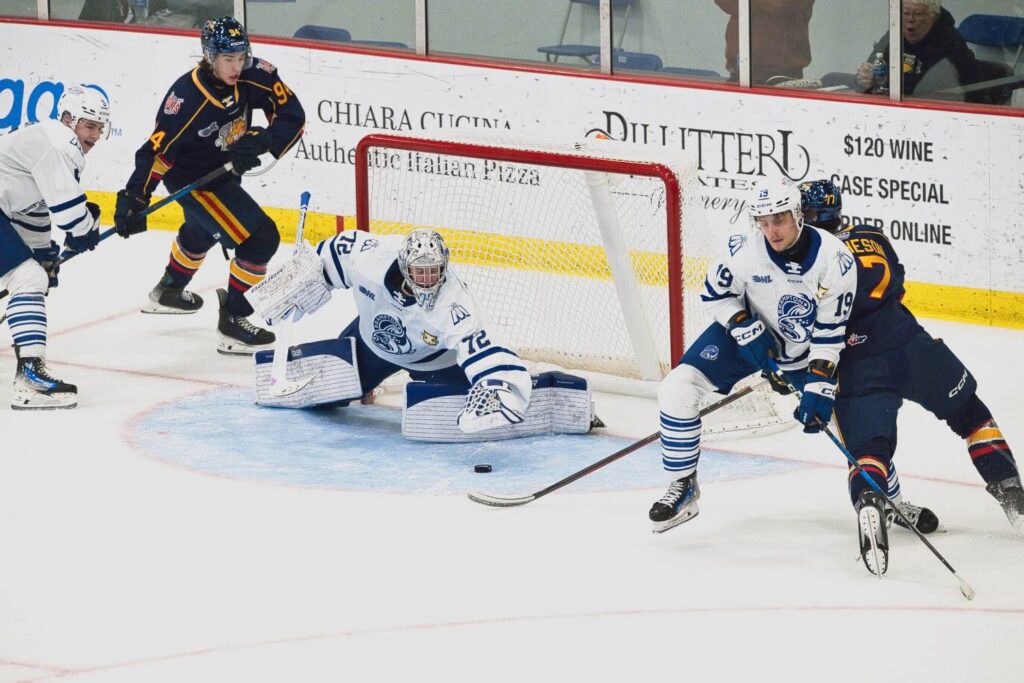
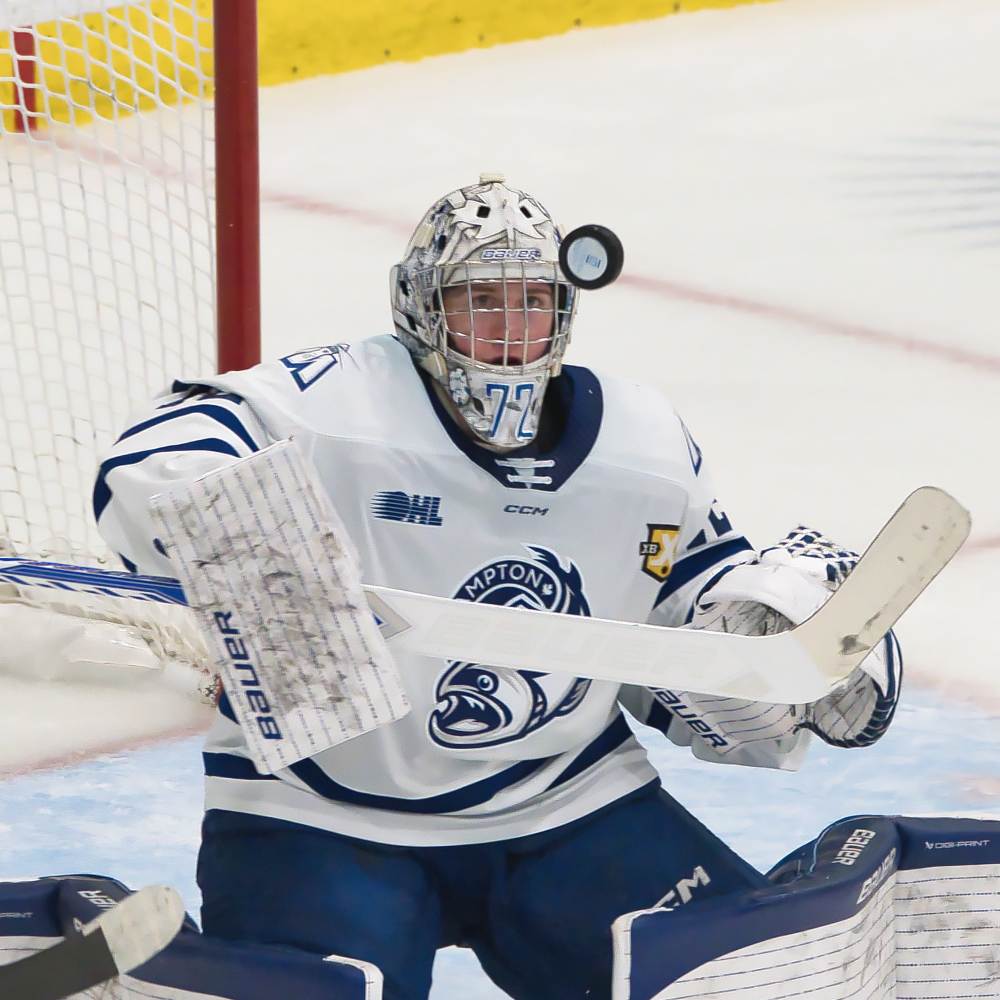
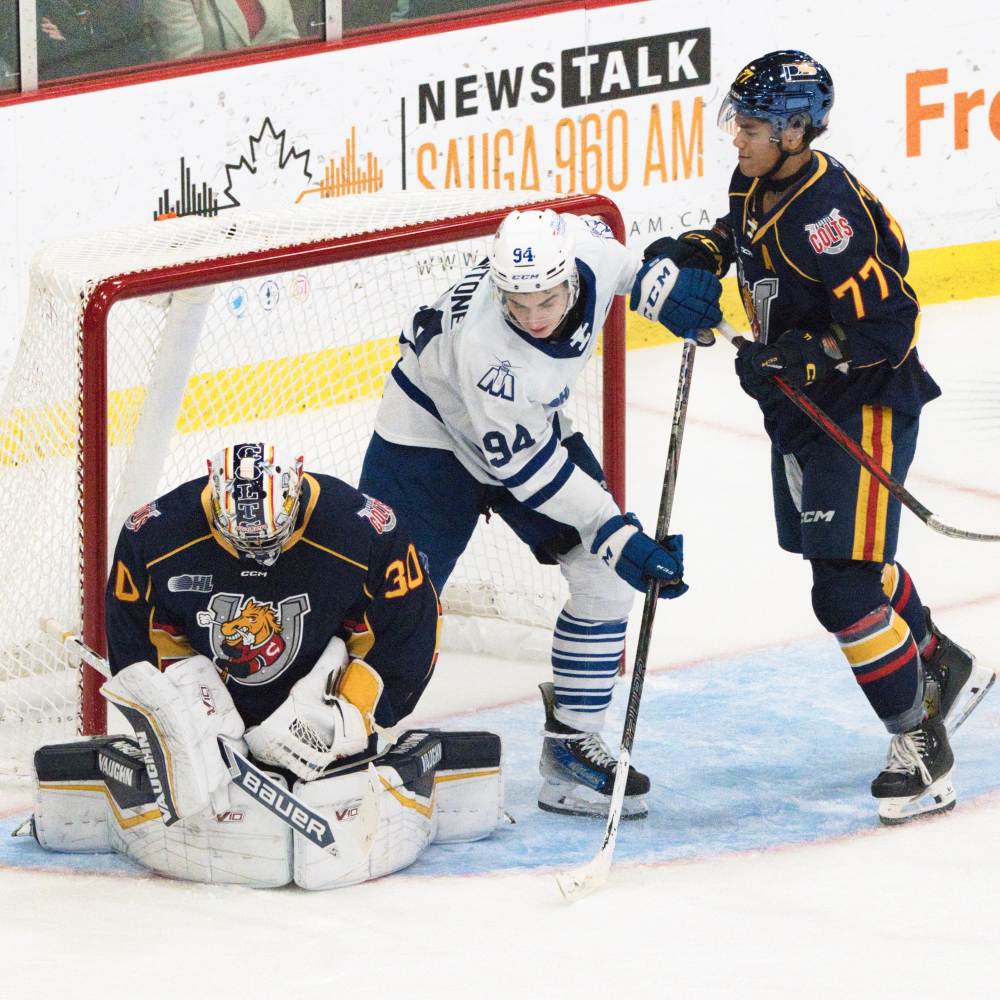
Professional photographers have access to ice-level shooting portals, but these are dangerous because of pucks and sticks that can damage lenses and eyes. As an alternative, accredited media have access to locations at centre ice, above the highest row of seats, below the TV cameras. This gives me equal sightlines to both goalmouths. My telephoto lens is usually set between 300-400mm, which allows for a perspective that sees the goaltender and a few other players, including the goal-scorer. By extending the telephoto lens to its maximum of 600mm, I get closer images of the goalie, especially if the puck is nearby. That close-up setting is also very useful for hockey fights.

Ice hockey also includes body-checking. The most likely place to capture these images is along the boards, especially in the corners. I have unobstructed views of two corners and the entire length of the boards across from the TV cameras. As a bonus, that far side also includes the players’ benches for both teams. Mid-ice collisions are very difficult to photograph unless one happens to be following a particular player who is known to be an aggressive body-checker.
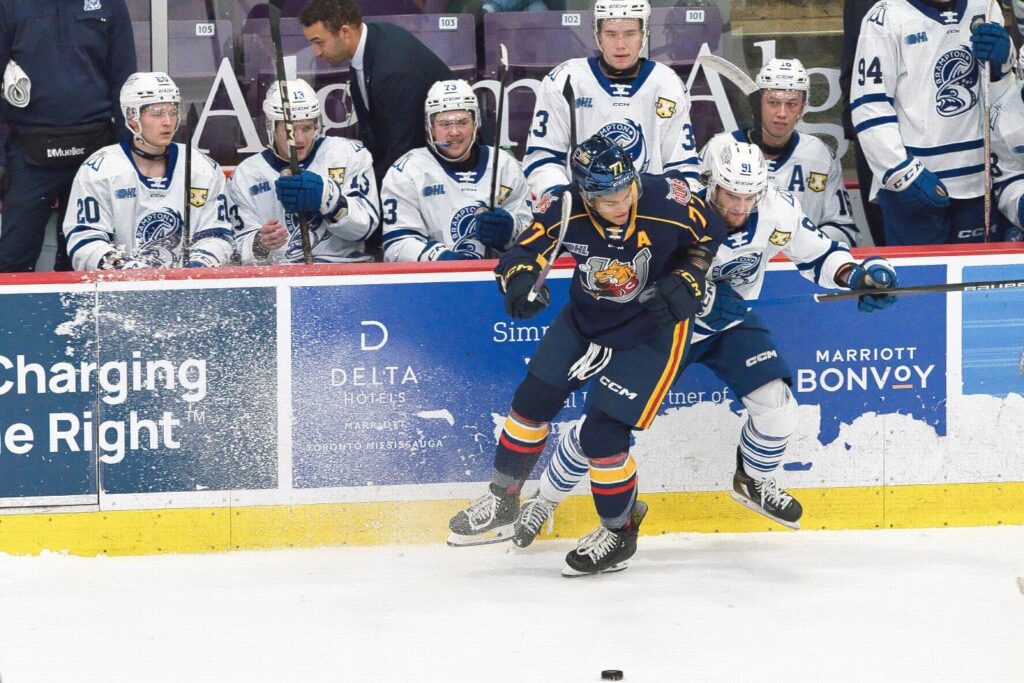
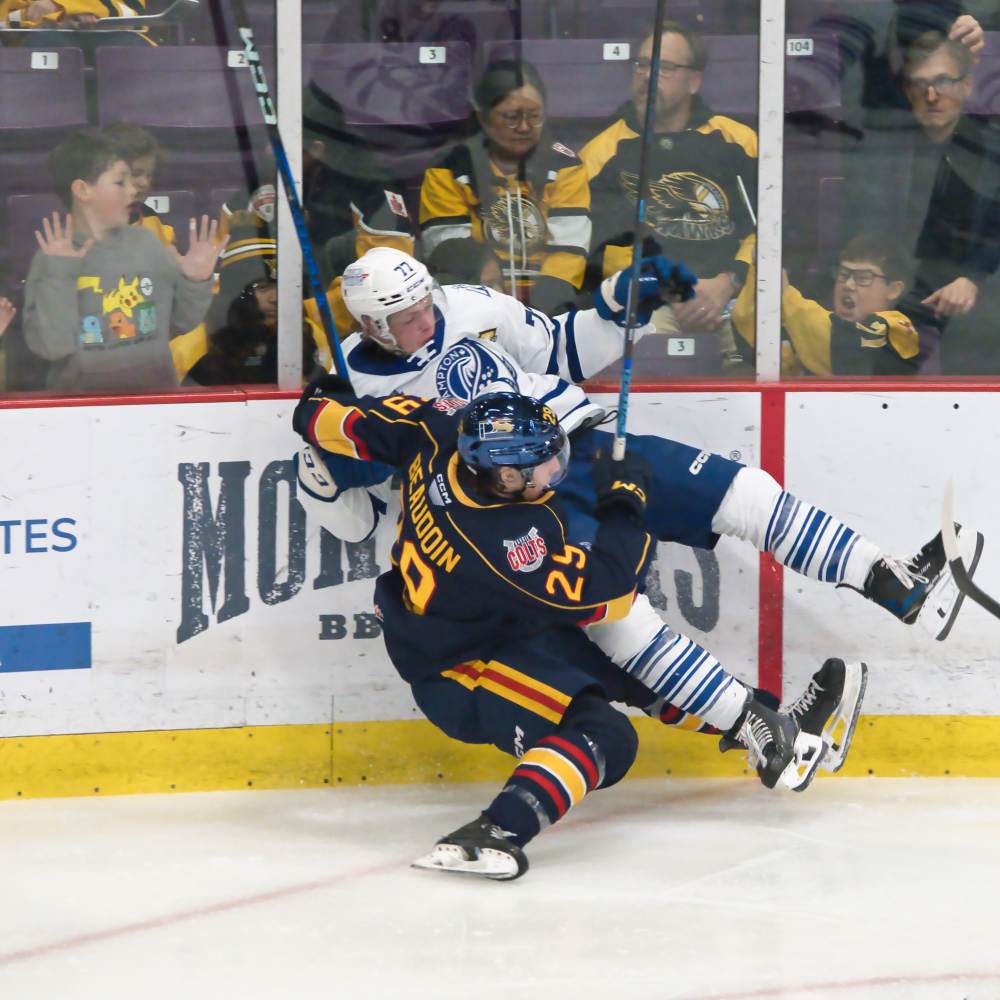
Professional sports photographers always talk about the importance of capturing celebrations, especially those involving multiple teammates after a goal has been scored. From my vantage point, all celebrations on one side of the rink are easily within reach of the telephoto lens.

On occasion, I will focus my attention on one player. The Steelheads have several players who have been drafted by National Hockey League teams. Porter Martone (number 94) is widely regarded as a top pick to play in the NHL. As a result, even a few “portrait” photos are added to my personal collection. Since Martone is a prolific scorer, there will be action photos of him during almost every game. He is also the team captain, called upon to meet with the referee and the opposing team captain when the game is getting out of hand.
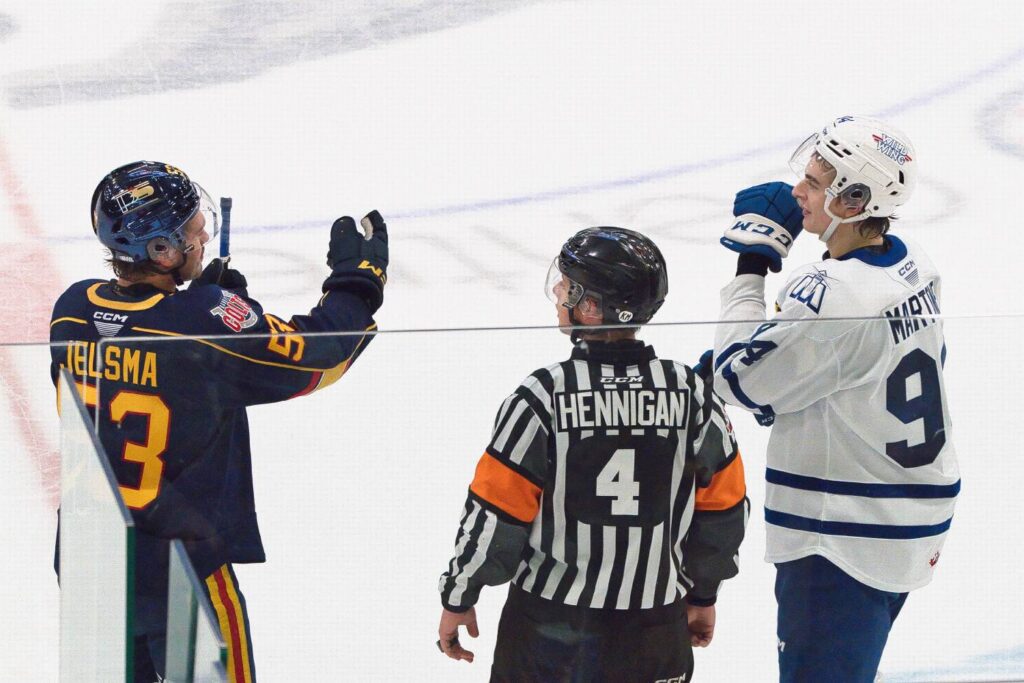
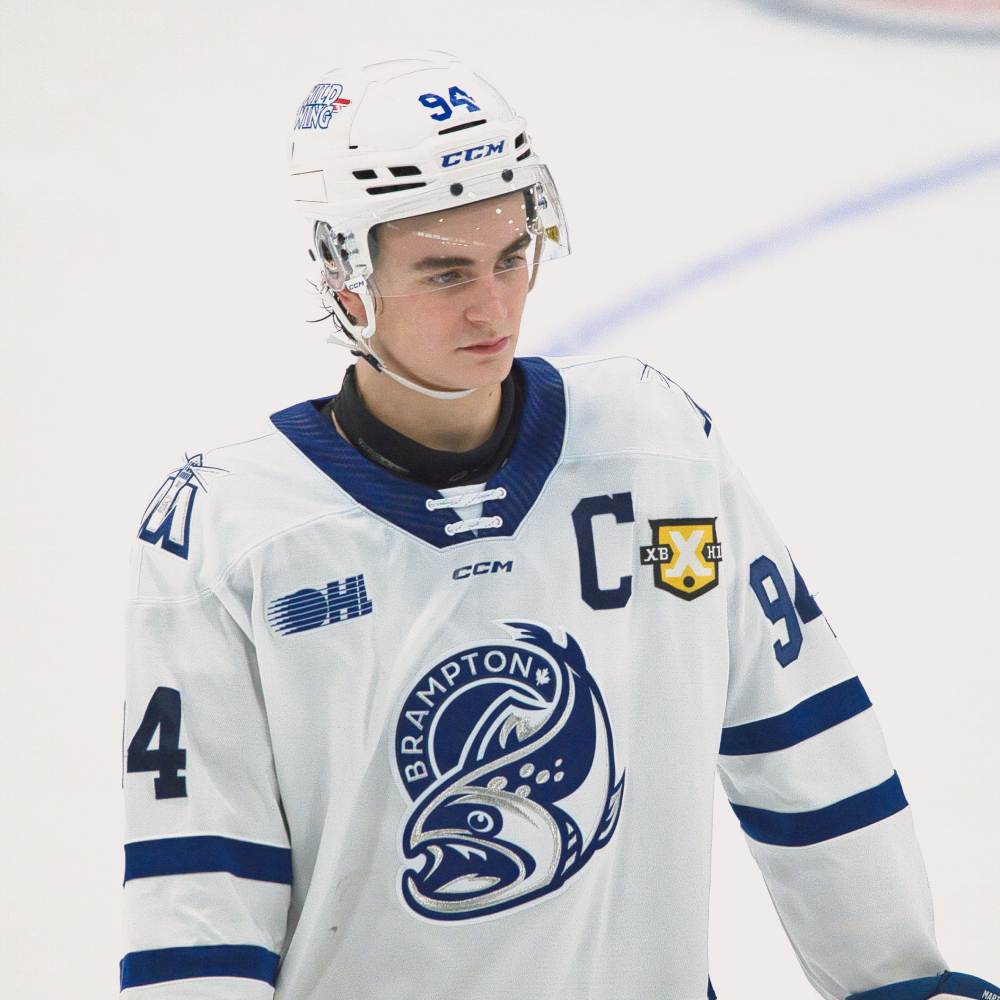
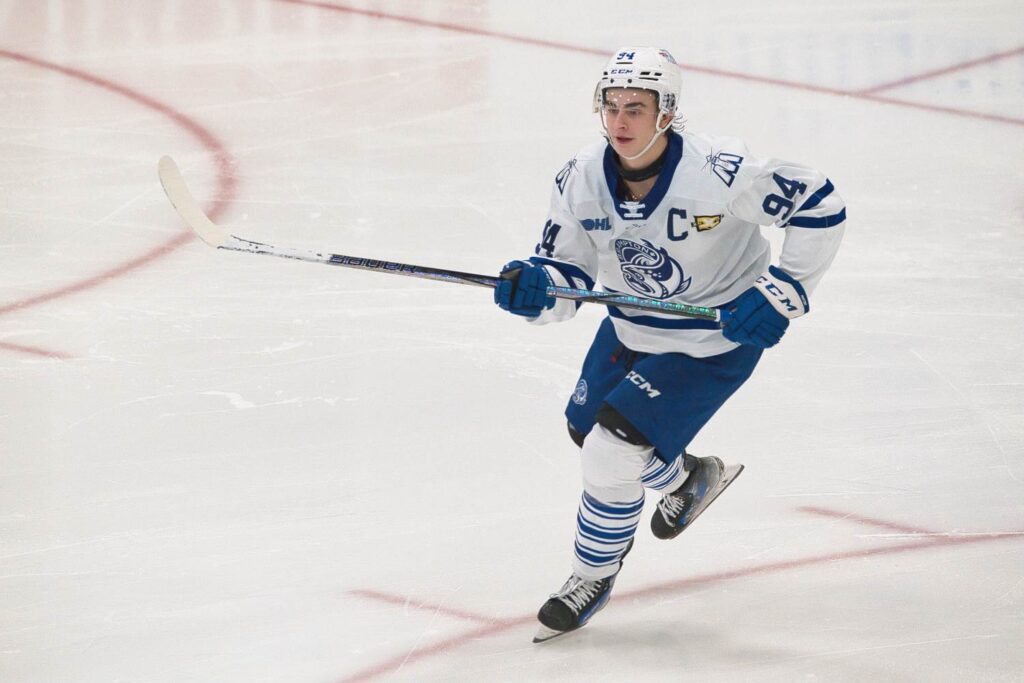
Finally, one of my favourite images to capture during games is ice-spray. Nothing captures the speed of ice hockey as effectively as the spray that occurs when a player makes an abrupt stop, often in front of the goal.
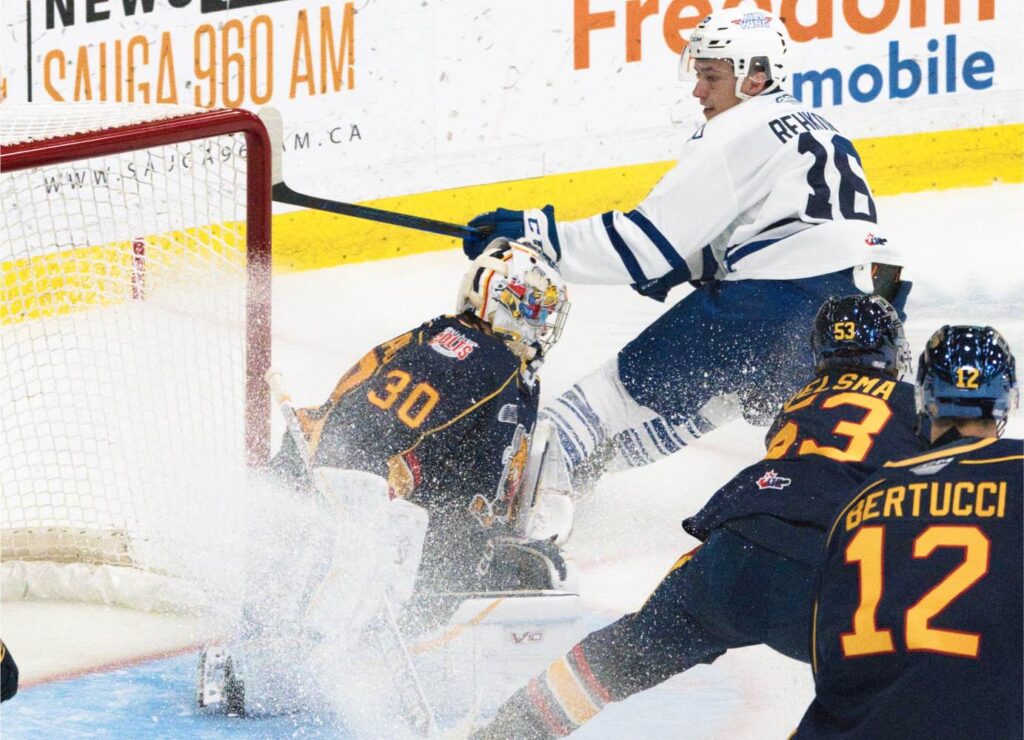
After editing the photos, I post a selection of images onto my Instagram account. I also share them with local media outlets in Mississauga and Brampton. Players and their families often request photos. After the hockey season is over, I look forward to photographing other sports such as rhythmic gymnastics. Of course, the field of play is different, but the principles for capturing interesting images are similar: know the sport, determine what locations you have access to, bring appropriate gear for the location, and anticipate where the peak action moments, including emotional celebrations, will occur.
